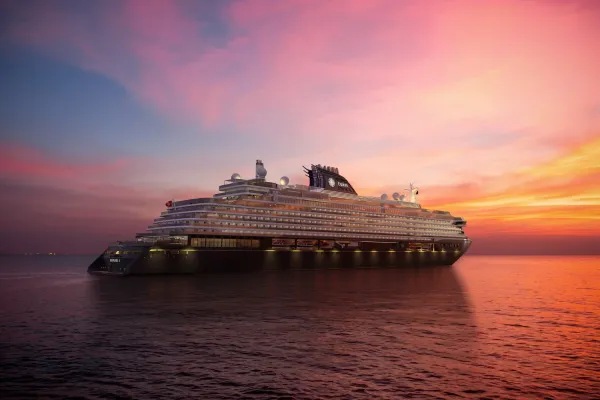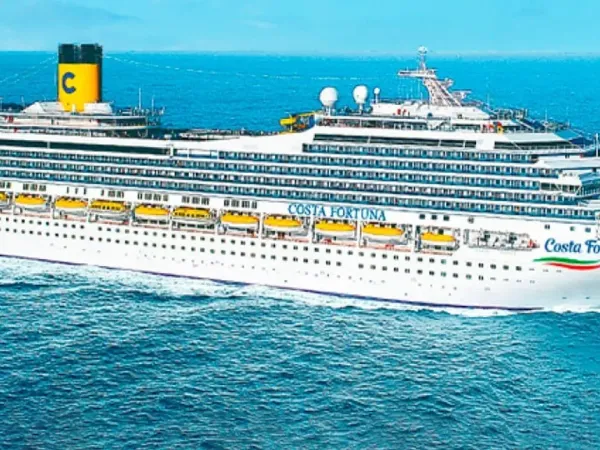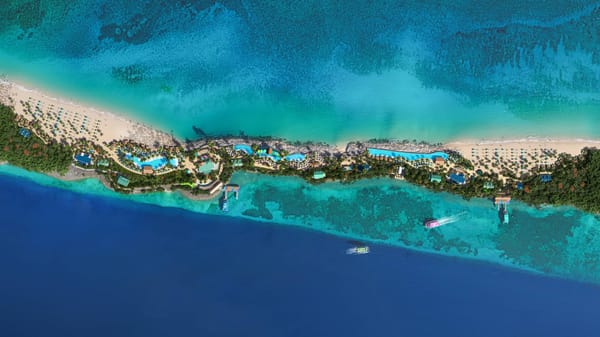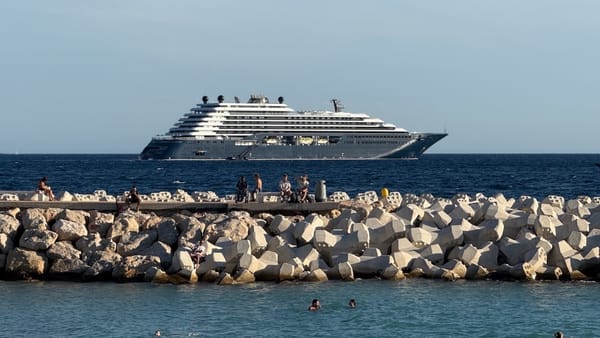New Zealand Cruise Port Calls Drop 40% Amid Rising Fees and Tight Rules
With fewer ships calling, New Zealand’s cruise downturn is raising questions about lost tourism revenue and long-term competitiveness amid stricter regulations and rising operational costs.
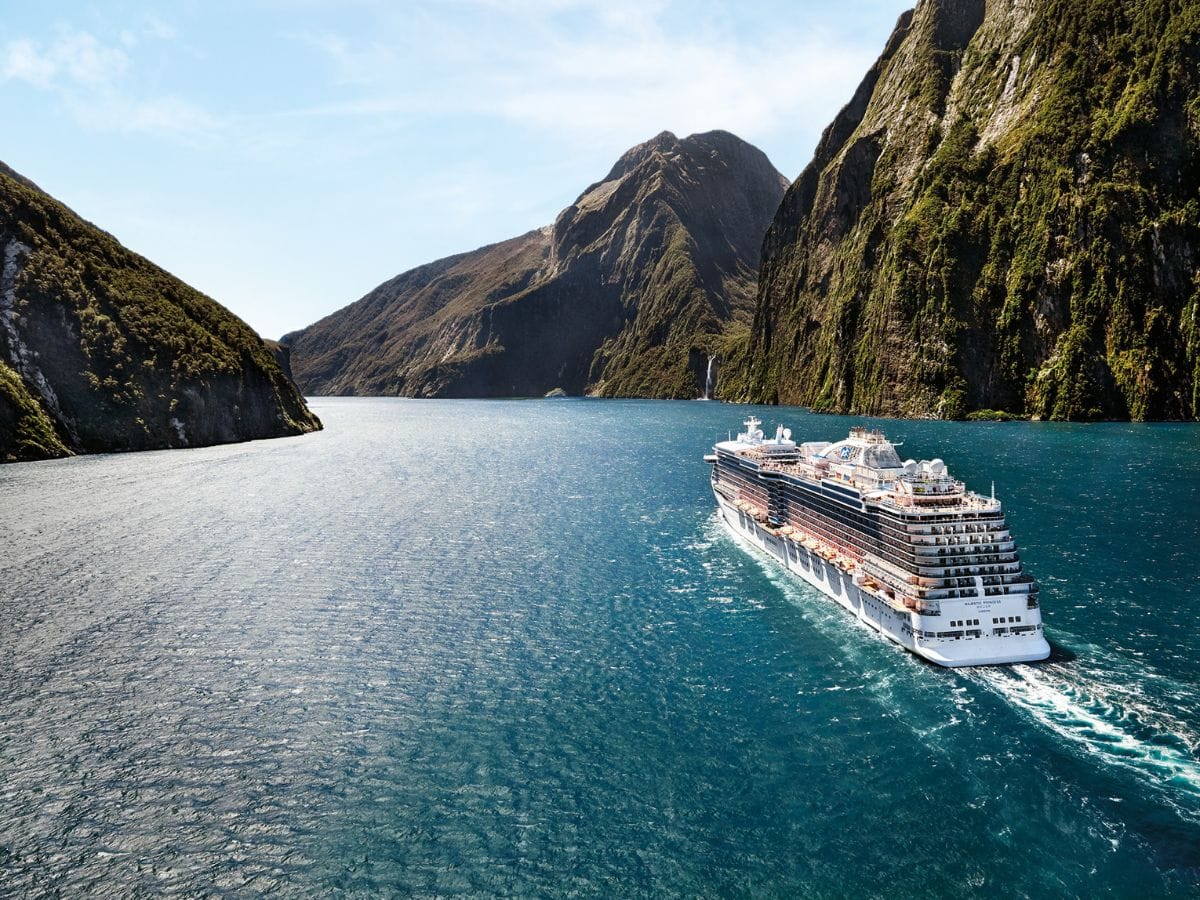
New Zealand’s cruise industry is experiencing a marked contraction, with Cruise Lines International Association (CLIA) Australasia reporting a 40% drop in port calls over two seasons. Some international cruise brands have reduced local visits by as much as 70%, while many New Zealand travelers are now opting for fly-cruise options abroad. This shift diverts potential tourism revenue away from New Zealand and raises concerns about the country’s long-term competitiveness in the global cruise market.
Fewer Local Sailings and a Pivot to Long-Haul
CLIA figures show that 80,200 New Zealanders took an ocean cruise in 2024, reflecting a 7.1% drop compared to the previous year. Meanwhile, 34.5% of Kiwi cruisers now choose international itineraries, up from 23.1% in 2023. These declines coincide with reduced capacity locally, leading travelers to look overseas for more stable and varied options. Industry data suggests ongoing spending leakage to other regions, signaling rising concern within New Zealand’s tourism sector.
Regulatory and Fee Challenges
Industry representatives attribute the downturn to a challenging operating environment marked by regulatory uncertainty, new fees and taxes, and post-pandemic complexities. Cruise lines say scheduling risk has increased, discouraging forward bookings and prompting route redeployments. Contributing factors include:
- Increased and variable fees and taxes for ships and passengers
- Tight biofouling standards and inconsistent enforcement
- Instances of ships being turned away after incurring compliance costs
- Higher regional overhead and ongoing post-pandemic constraints
CLIA Australasia Managing Director Joel Katz emphasized the industry’s concerns, saying, “New Zealand needs government and industry stakeholders to address these regulatory issues and high fees if we are to see a recovery in local cruise numbers.” He also noted, “We need government, destinations and industry stakeholders to work together to address the regulatory difficulties and high fees that cruise lines experience in the region, which ultimately deter ships from operating in New Zealand.”
Biofouling Regulations and Proposed Infrastructure
The country’s stringent biofouling rules, designed to protect New Zealand’s waters from invasive species, have led to ships occasionally being denied entry. Operators report incurring significant cleaning costs with no guarantee of port access, increasing apprehension around future itineraries. A dedicated hull-cleaning facility in Auckland remains at the research stage, and industry leaders say clearer processes and reliable infrastructure could help ease compliance burdens.
Milford Sound and Economic Considerations
Milford Sound, a marquee attraction, briefly faced the prospect of a cruise ship ban aimed at preserving its fragile ecosystem. Although government officials recently rejected the ban, the debate added to overall uncertainty. Cruise visitors currently represent about 2% of New Zealand’s total tourism numbers, making it difficult for the industry to stand out among the country’s broader economic priorities. Nonetheless, reduced cruise capacity means lost revenue for regional ports that depend on cruise spending.
Industry Perspectives and Outlook
CLIA and the New Zealand Cruise Association are pushing for more predictable rules, streamlined biosecurity compliance, and stable fee frameworks to encourage ship deployments. Katz pointed to South Australia’s proactive approach as a potential model for engagement, highlighting the need for consistent communication among government agencies, port authorities, and industry stakeholders. While high guest satisfaction scores show the country’s appeal, many lines remain hesitant to return without clear regulatory and cost structures. If these challenges are addressed, industry leaders remain hopeful that New Zealand can restore cruise capacity and keep Kiwi travelers closer to home.
Frequently Asked Questions (FAQs)
Why are port calls to New Zealand dropping by 40%?
Cruise lines attribute the decline to regulatory uncertainty, rising fees and taxes, and strict biofouling enforcement. These factors reduce scheduling certainty, increase risk, and prompt operators to redeploy ships elsewhere.
How many New Zealanders cruised in 2024 and how many went long-haul?
CLIA Australasia reports that 80,200 New Zealanders took an ocean cruise in 2024, a 7.1% year-over-year decrease. Of those travelers, 34.5% opted for long-haul voyages, a jump from 23.1% in 2023.
Are cruises still allowed in Milford Sound?
Yes, government officials rejected a proposal to ban cruise ships from Milford Sound. However, the earlier discussion raised concerns about long-term certainty for cruise itineraries in the region.
What is biofouling and why does it matter for cruise ships?
Biofouling refers to the accumulation of marine organisms on a ship’s hull. These organisms can introduce invasive species into New Zealand’s waters. Strict standards aim to protect the environment, but compliance can be challenging without predictable rules and accessible hull-cleaning facilities.
What does CLIA say needs to change?
CLIA Australasia urges more predictable regulations, consistent biofouling enforcement, stable fee structures, and stronger coordination among government agencies, destinations, and industry stakeholders. These measures are seen as essential to restoring ship deployments and boosting local cruise numbers.

